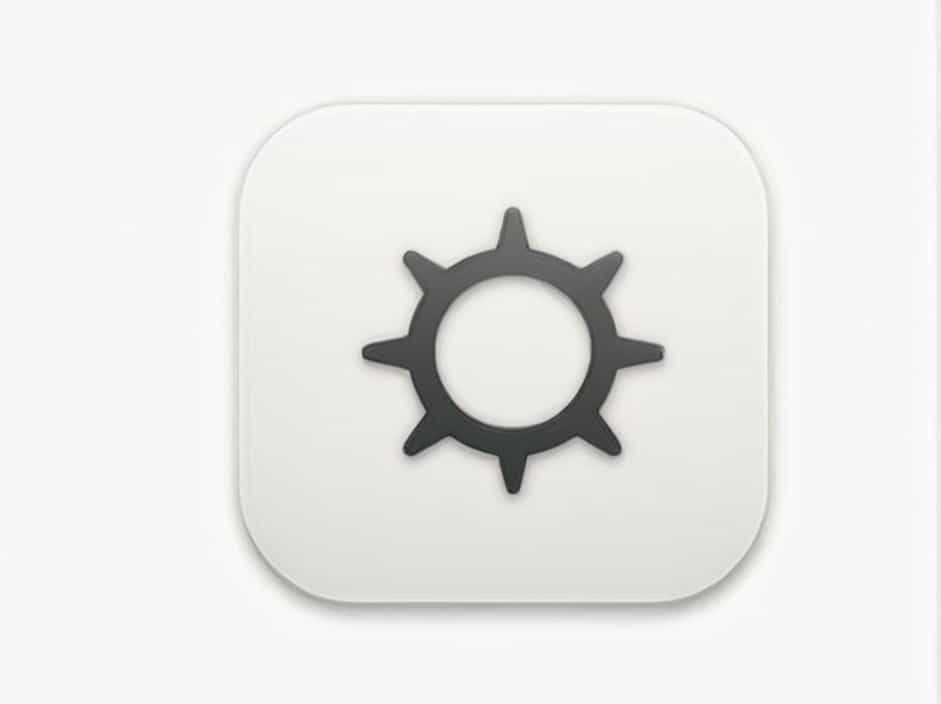Mold is a common household problem that can cause serious health issues and damage to your home. Whether it appears on walls, ceilings, bathrooms, basements, or even furniture, mold thrives in damp, humid environments. Removing mold quickly and effectively is essential to maintaining a healthy indoor space.
This guide will explain how to get rid of mold, the best cleaning methods, and how to prevent mold from returning.
What Causes Mold Growth?
Mold grows in areas with excess moisture, poor ventilation, and organic materials that provide a food source. Here are some of the most common reasons for mold growth:
✔ High Humidity – Indoor humidity levels above 60% create the perfect environment for mold.
✔ Leaking Pipes or Roof – Moisture from leaks allows mold to thrive.
✔ Poor Ventilation – Stagnant air prevents moisture from drying out.
✔ Flooding or Water Damage – Areas affected by water damage can develop mold within 24-48 hours.
✔ Condensation – Windows, walls, and cold surfaces collect moisture, leading to mold growth.
How to Identify Mold in Your Home
Mold is not always visible, but there are signs that indicate its presence.
Common Signs of Mold:
✔ Musty Odor – A strong, damp, earthy smell often indicates hidden mold.
✔ Visible Spots or Patches – Mold appears in black, green, white, or brown spots on walls, ceilings, and furniture.
✔ Peeling Paint or Wallpaper – Excess moisture can cause bubbling or peeling surfaces.
✔ Health Issues – Symptoms like allergies, coughing, sneezing, and skin irritation may worsen due to mold exposure.
How to Get Rid of Mold: Step-by-Step Guide
Step 1: Gather Your Cleaning Supplies
Before removing mold, make sure you have the necessary materials:
✔ Protective gear (gloves, mask, and goggles)
✔ Scrub brush or sponge
✔ Spray bottle
✔ White vinegar or hydrogen peroxide
✔ Baking soda
✔ Bleach (optional)
✔ Dehumidifier or fan
Step 2: Identify and Contain the Affected Area
✔ Close doors and windows to prevent mold spores from spreading.
✔ Cover nearby furniture with plastic sheets to protect them.
✔ Improve ventilation by running an exhaust fan or opening windows after cleaning.
Step 3: Choose the Right Mold Removal Method
There are several effective methods for removing mold, depending on the surface.
1. White Vinegar Method (Best for Non-Porous Surfaces)
✔ Fill a spray bottle with undiluted white vinegar.
✔ Spray directly on the mold and let it sit for one hour.
✔ Wipe clean with a damp cloth and dry the area completely.
Why it works: Vinegar is acidic and kills 82% of mold species.
2. Baking Soda Solution (Best for Walls and Wood)
✔ Mix one teaspoon of baking soda with water in a spray bottle.
✔ Spray the area and scrub gently with a brush.
✔ Wipe with a clean cloth and spray again to prevent regrowth.
Why it works: Baking soda absorbs moisture and eliminates mold odors.
3. Hydrogen Peroxide (Best for Stubborn Mold on Tiles and Grout)
✔ Use 3% hydrogen peroxide in a spray bottle.
✔ Let it sit for 10 minutes before scrubbing.
✔ Rinse with water and dry completely.
Why it works: Hydrogen peroxide is a powerful antifungal and antibacterial solution.
4. Bleach Solution (Best for Large Mold Infestations)
✔ Mix one cup of bleach with one gallon of water.
✔ Apply to the affected area and let it sit for 15 minutes.
✔ Scrub thoroughly and rinse with clean water.
Caution: Bleach should only be used in well-ventilated areas and is not recommended for porous surfaces.
How to Prevent Mold from Coming Back
Once you’ve removed mold, taking preventative measures is key to keeping your home mold-free.
1. Control Humidity Levels
✔ Keep indoor humidity between 30-50% using a dehumidifier or air conditioner.
✔ Use moisture absorbers like silica gel or charcoal in damp areas.
2. Improve Ventilation
✔ Open windows daily to increase airflow.
✔ Use exhaust fans in bathrooms and kitchens to reduce steam buildup.
✔ Leave closet doors slightly open to prevent trapped moisture.
3. Fix Leaks and Water Damage Immediately
✔ Inspect pipes, roofs, and basements for leaks.
✔ Repair cracks in walls where moisture can enter.
✔ Dry wet areas within 24-48 hours after a flood or spill.
4. Clean Regularly
✔ Wipe down bathroom tiles and kitchen counters to prevent mold buildup.
✔ Wash shower curtains, rugs, and towels frequently.
✔ Use mold-resistant paint in high-humidity areas.
5. Use Mold-Resistant Materials
✔ Install mold-resistant drywall in basements or bathrooms.
✔ Use mold-resistant insulation in attics and walls.
✔ Choose mildew-resistant shower curtains and flooring.
When to Call a Professional
Sometimes, mold problems are too severe to handle on your own. You should call a mold remediation specialist if:
✔ Mold covers a large area (over 10 square feet).
✔ You have black mold (toxic Stachybotrys chartarum).
✔ You or your family experience severe health issues.
✔ Mold keeps returning despite cleaning efforts.
A professional can test for hidden mold, use specialized equipment, and safely remove toxic mold growth.
Mold can be dangerous and destructive, but it is preventable with proper cleaning and maintenance. By identifying mold early, using effective removal techniques, and controlling indoor moisture, you can keep your home clean, safe, and mold-free.
If mold keeps returning, it may indicate a deeper moisture problem that requires professional help. Taking proactive steps now will save you time, money, and potential health issues in the future.
